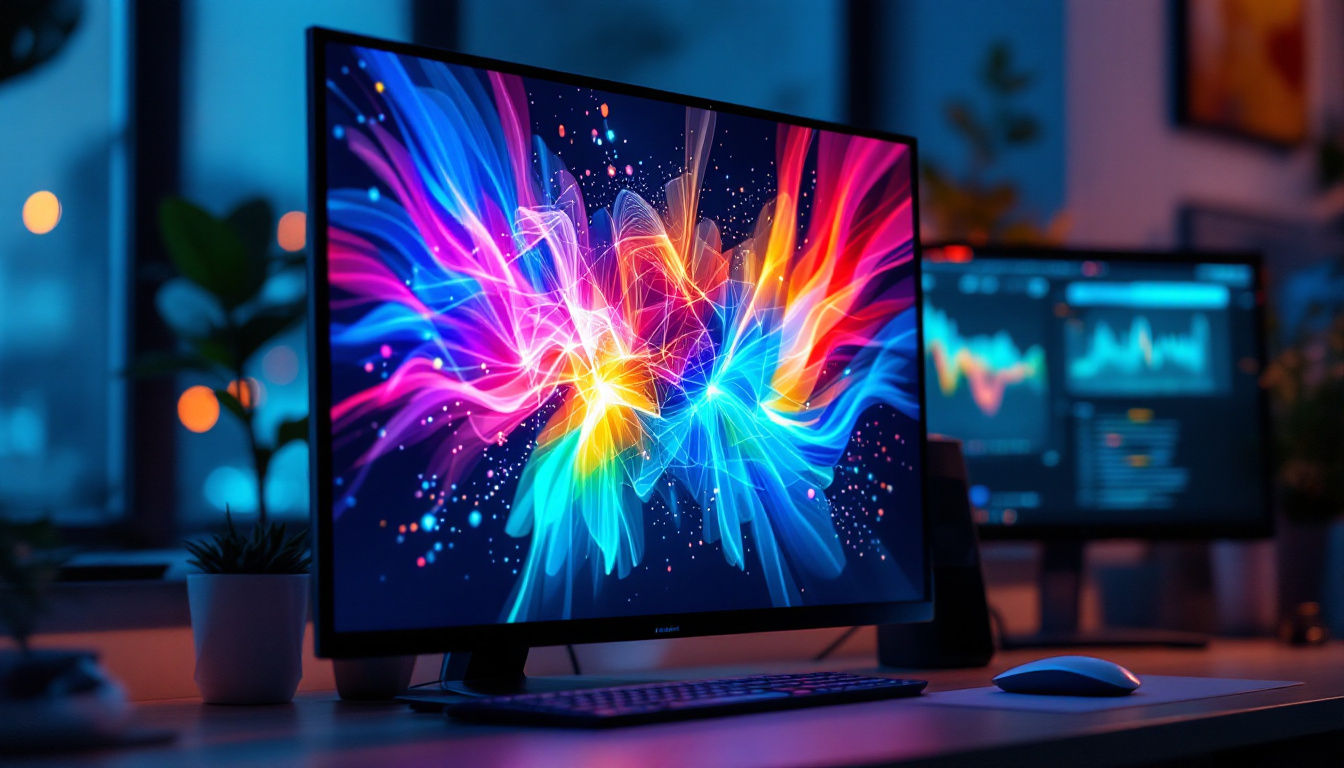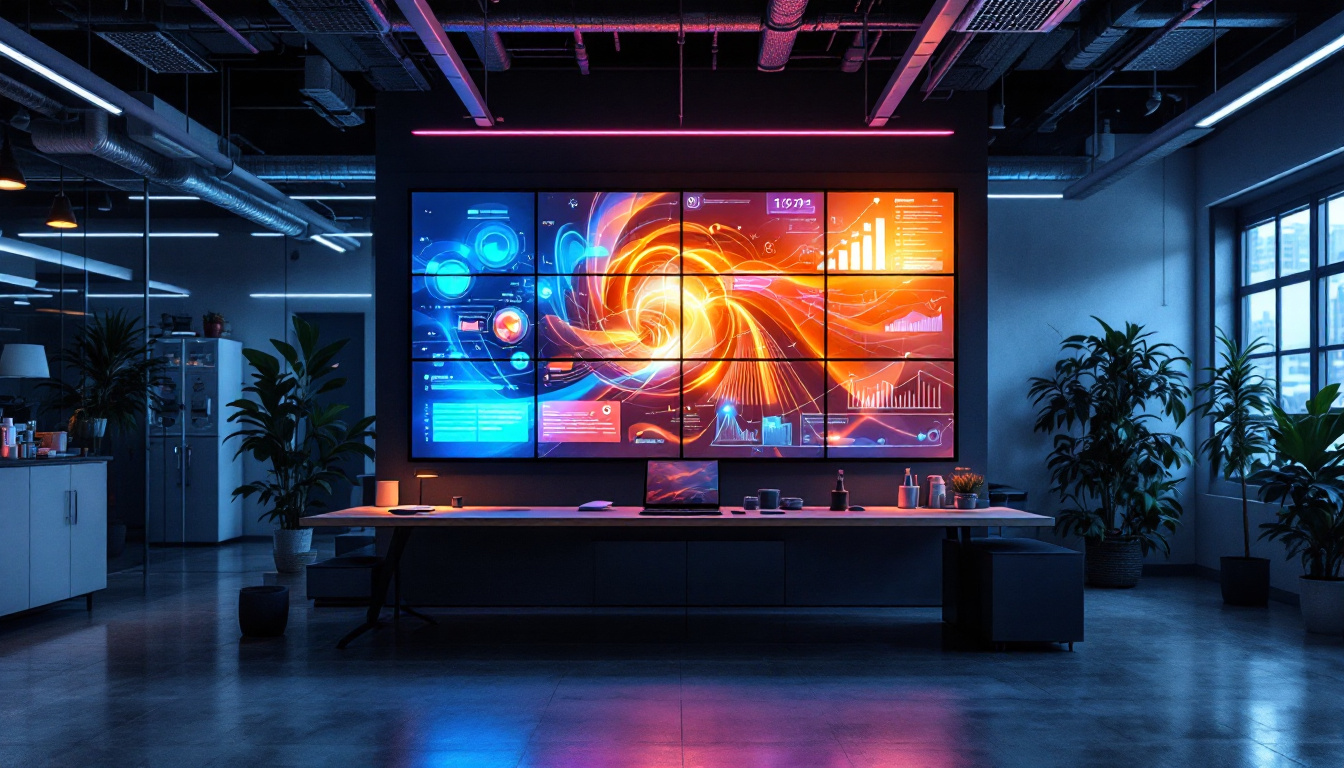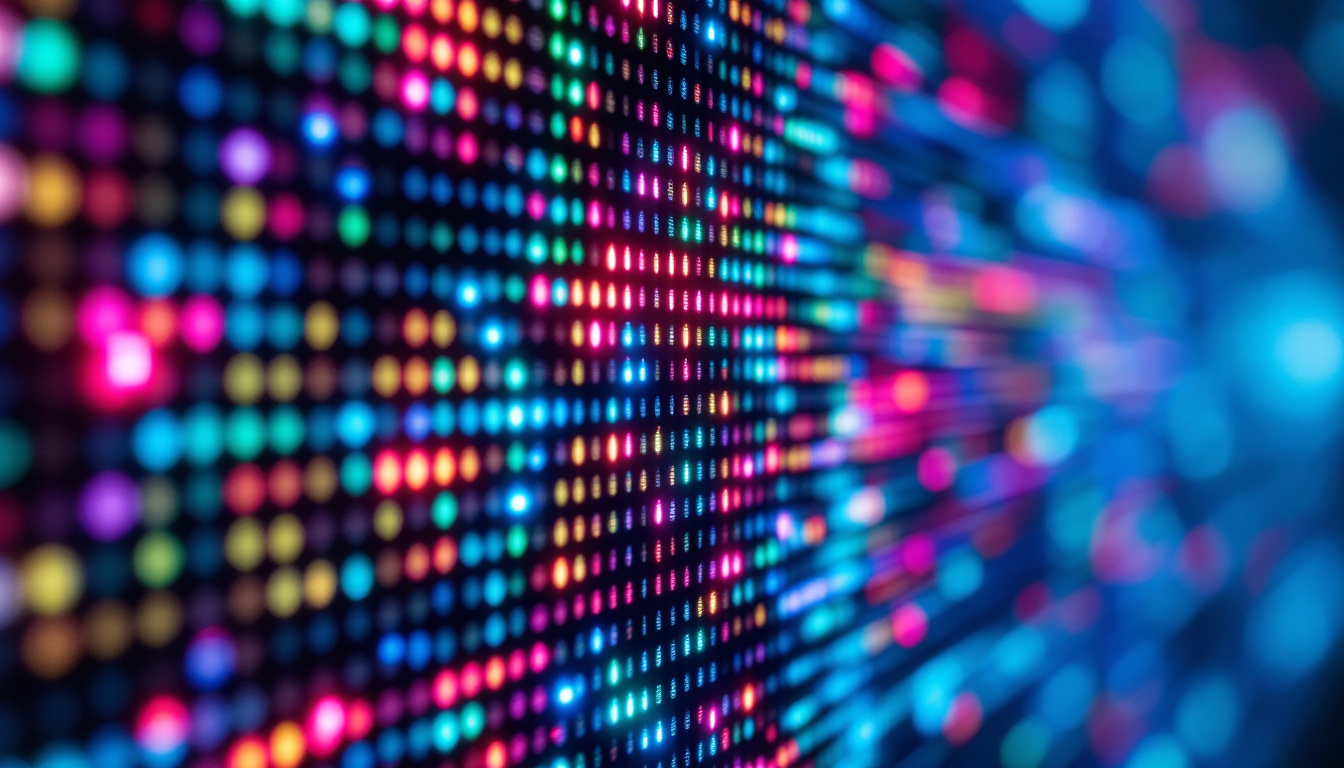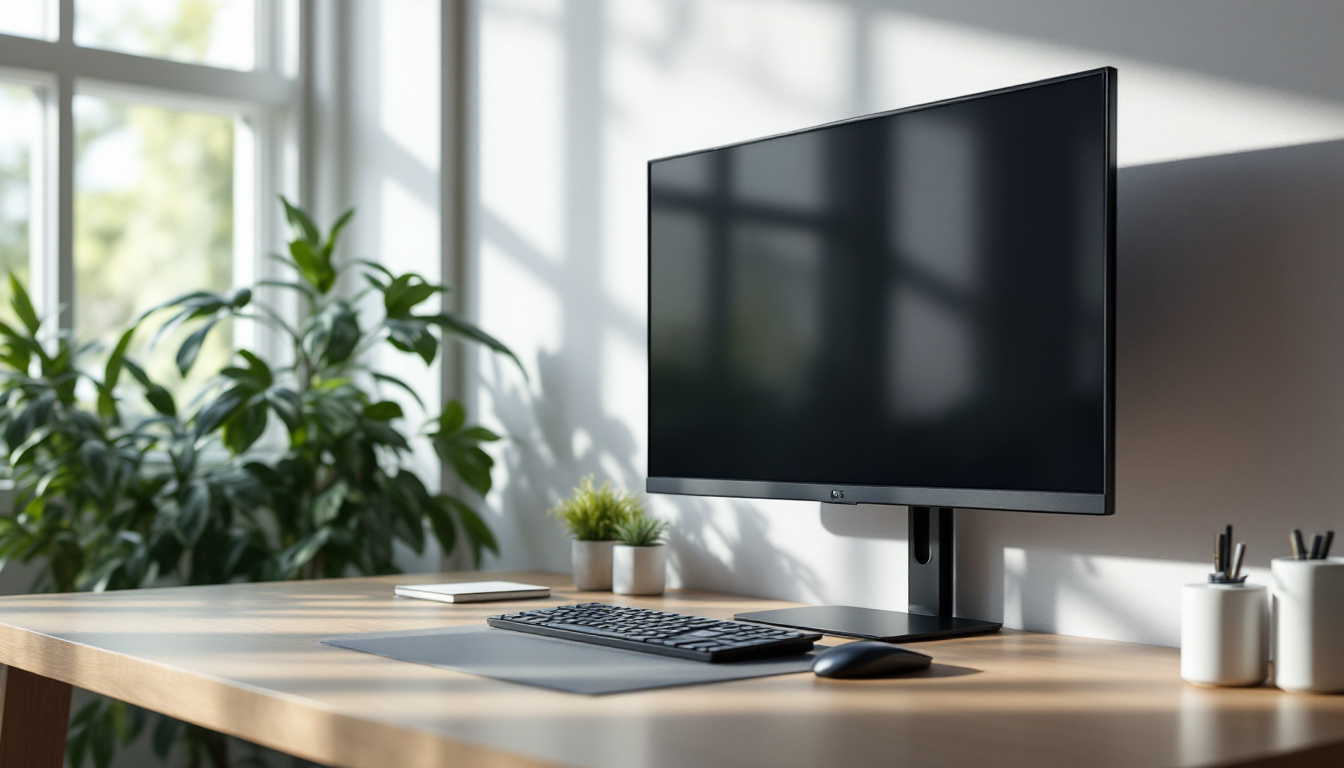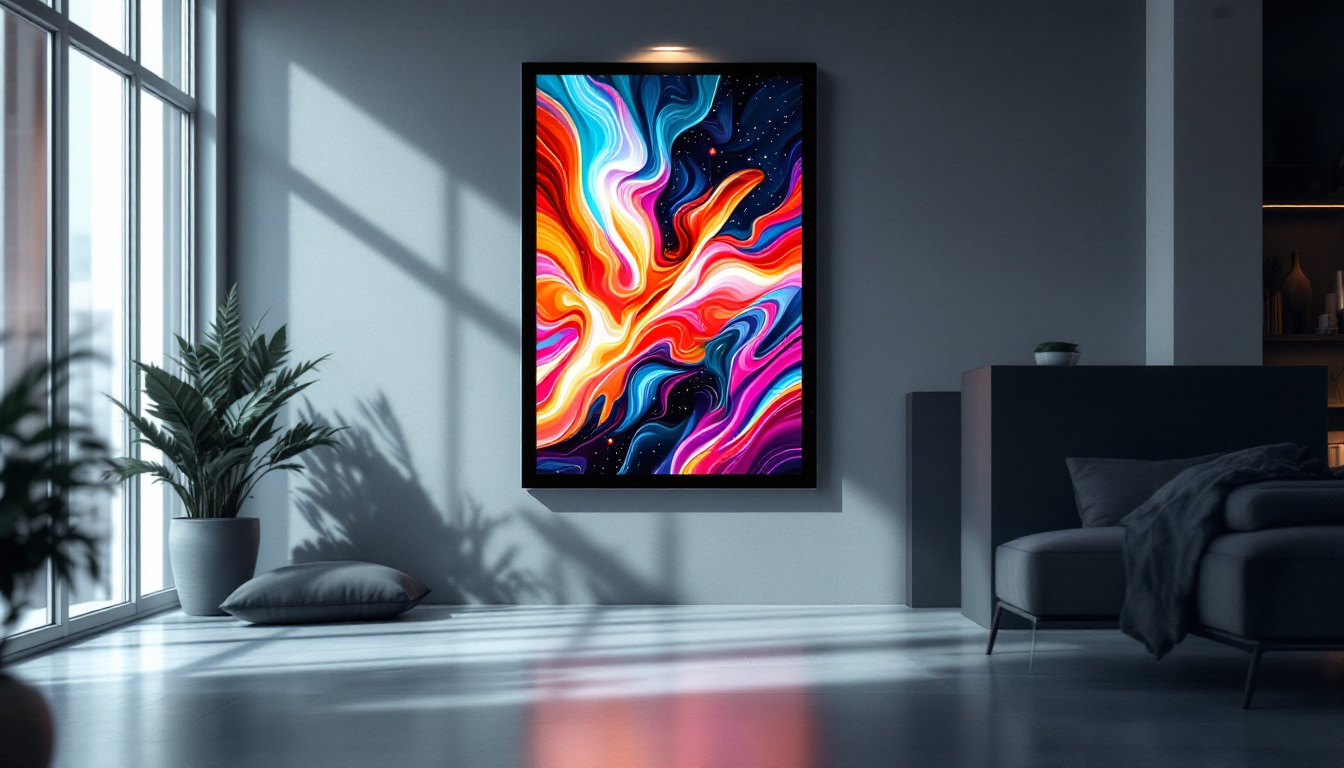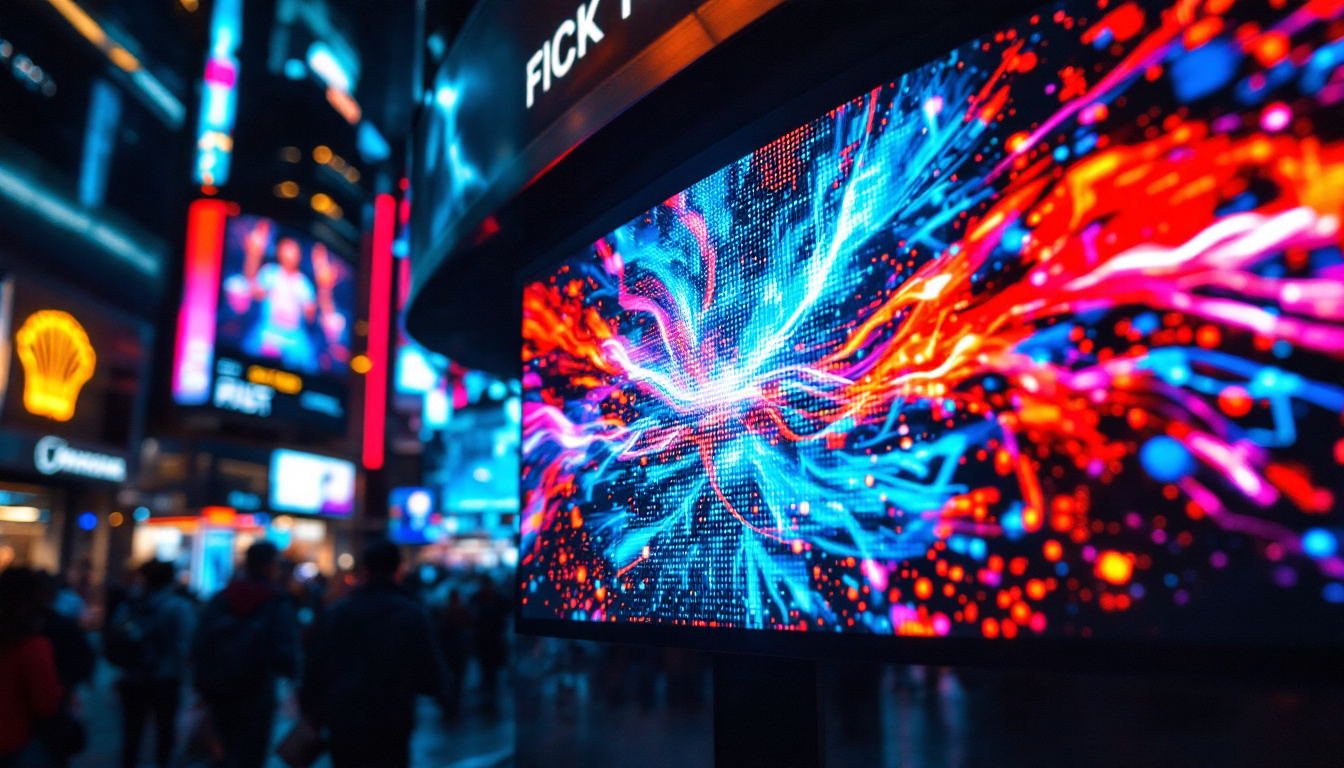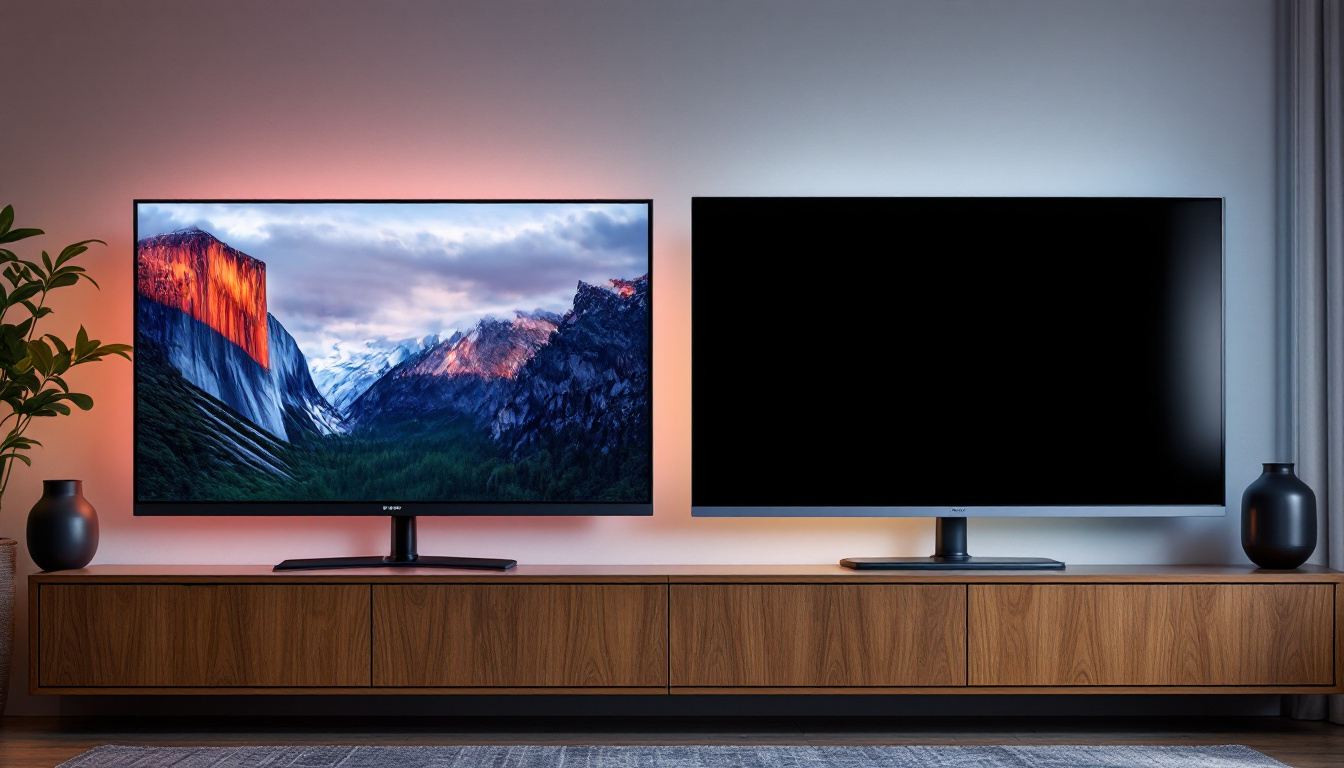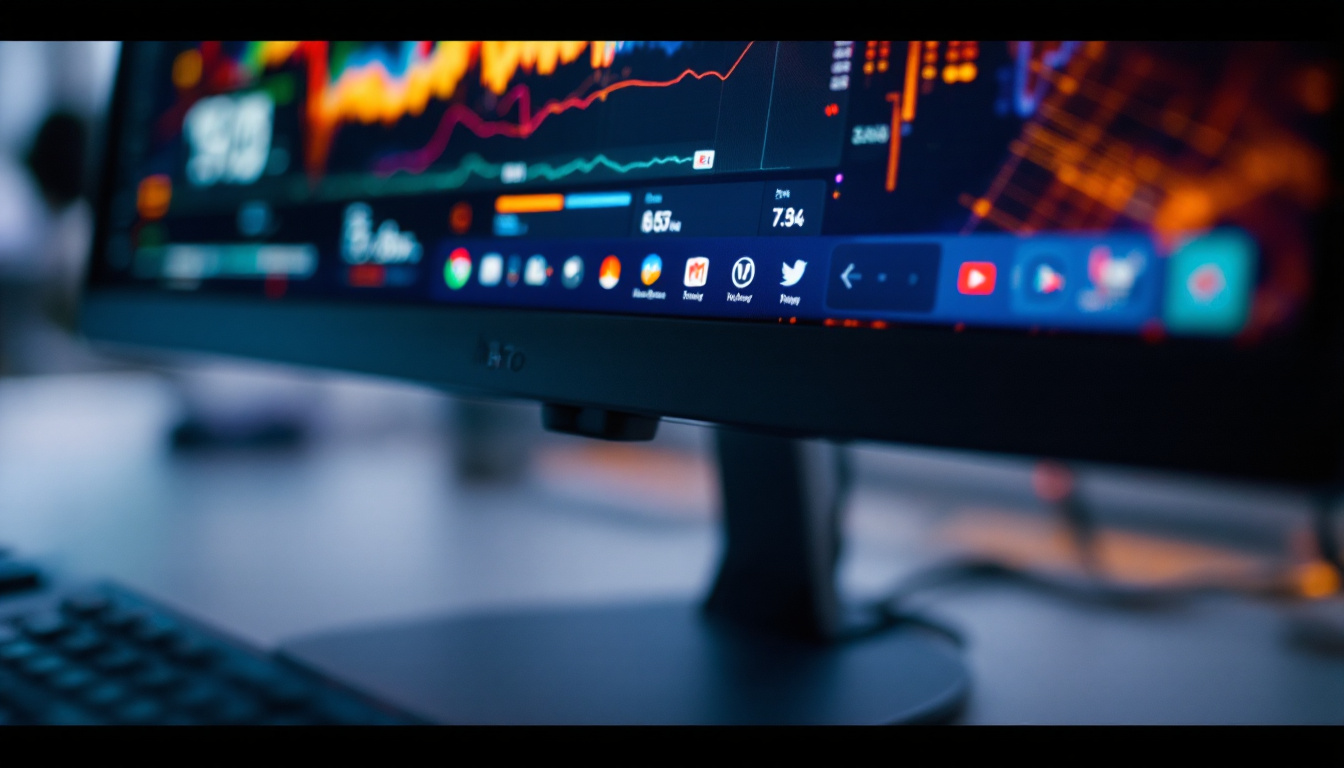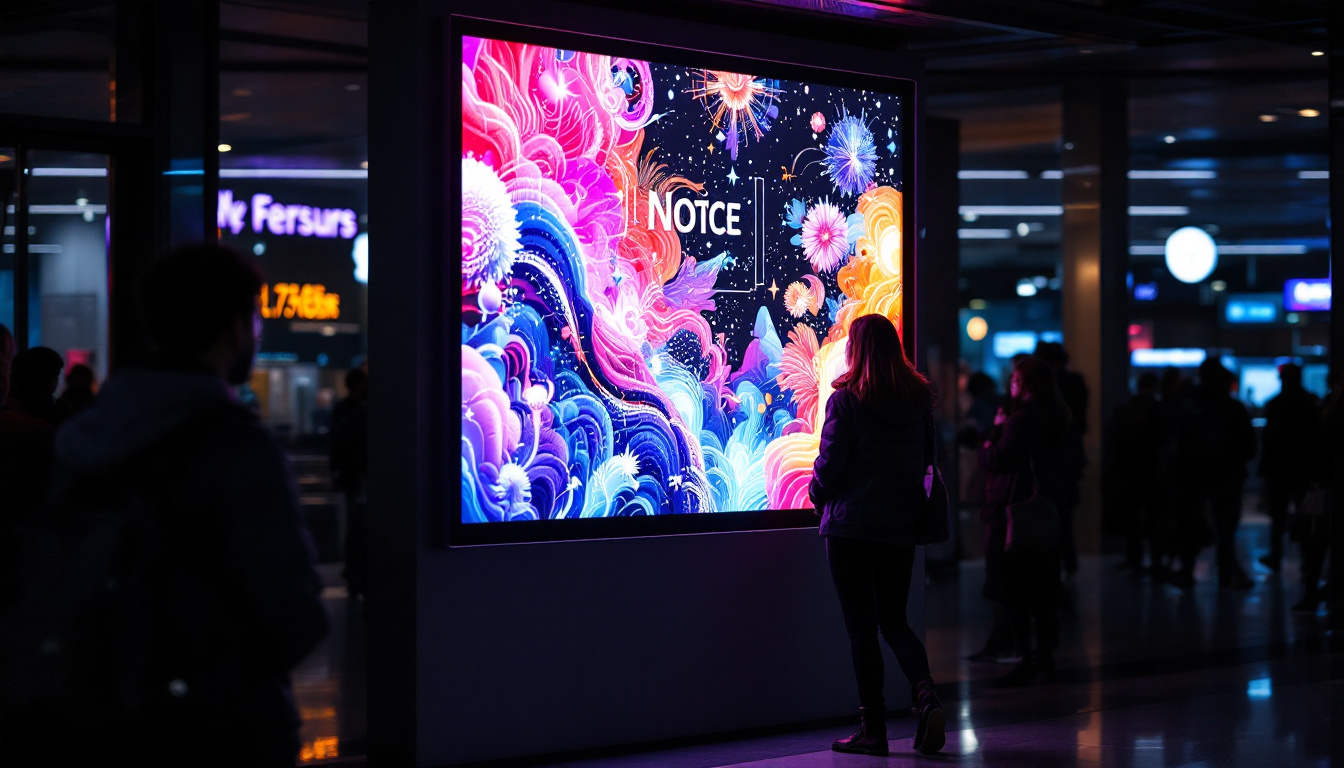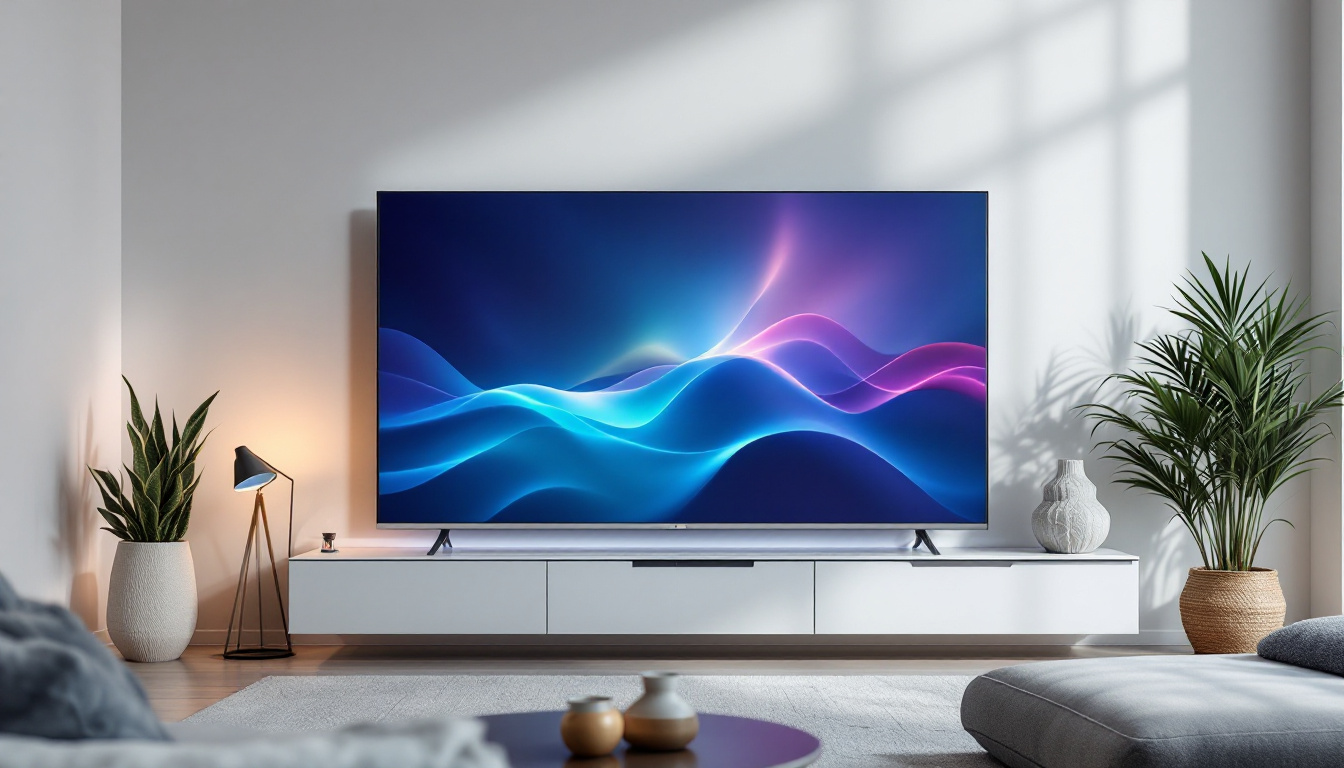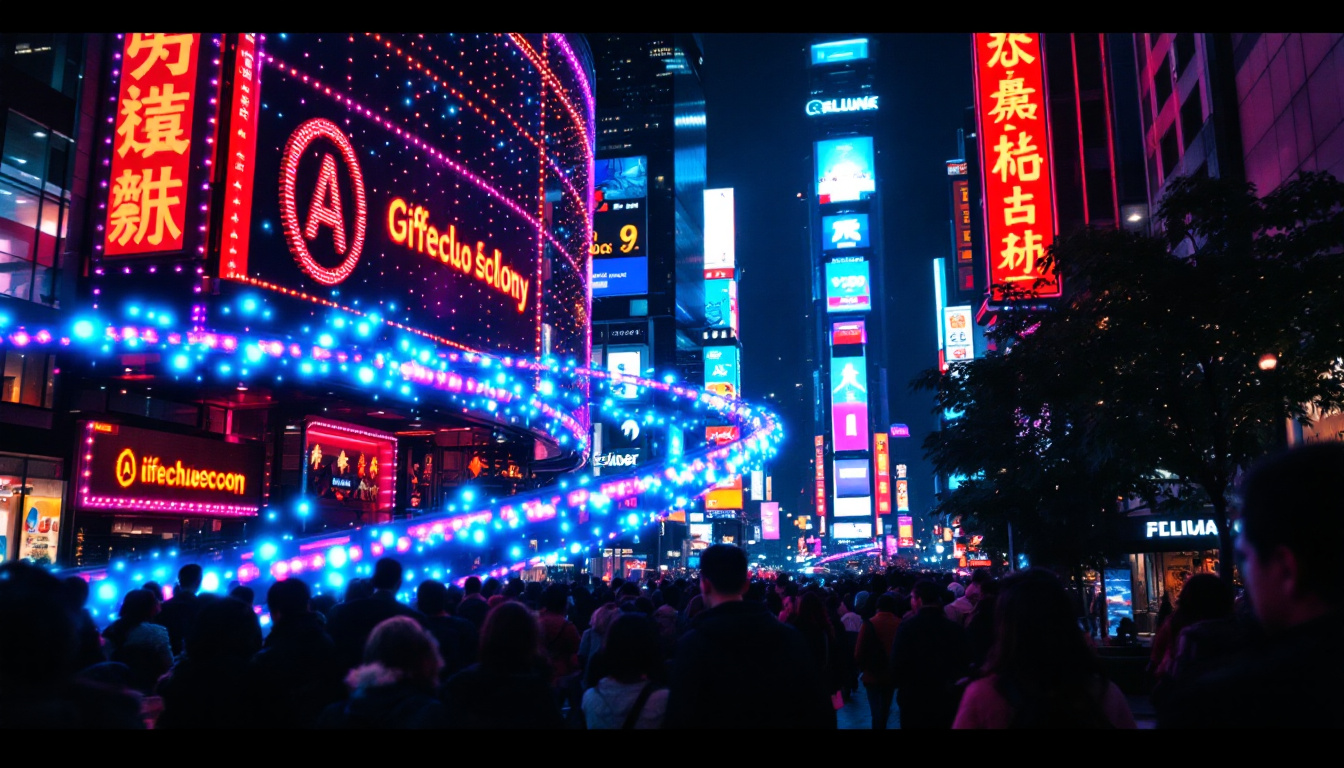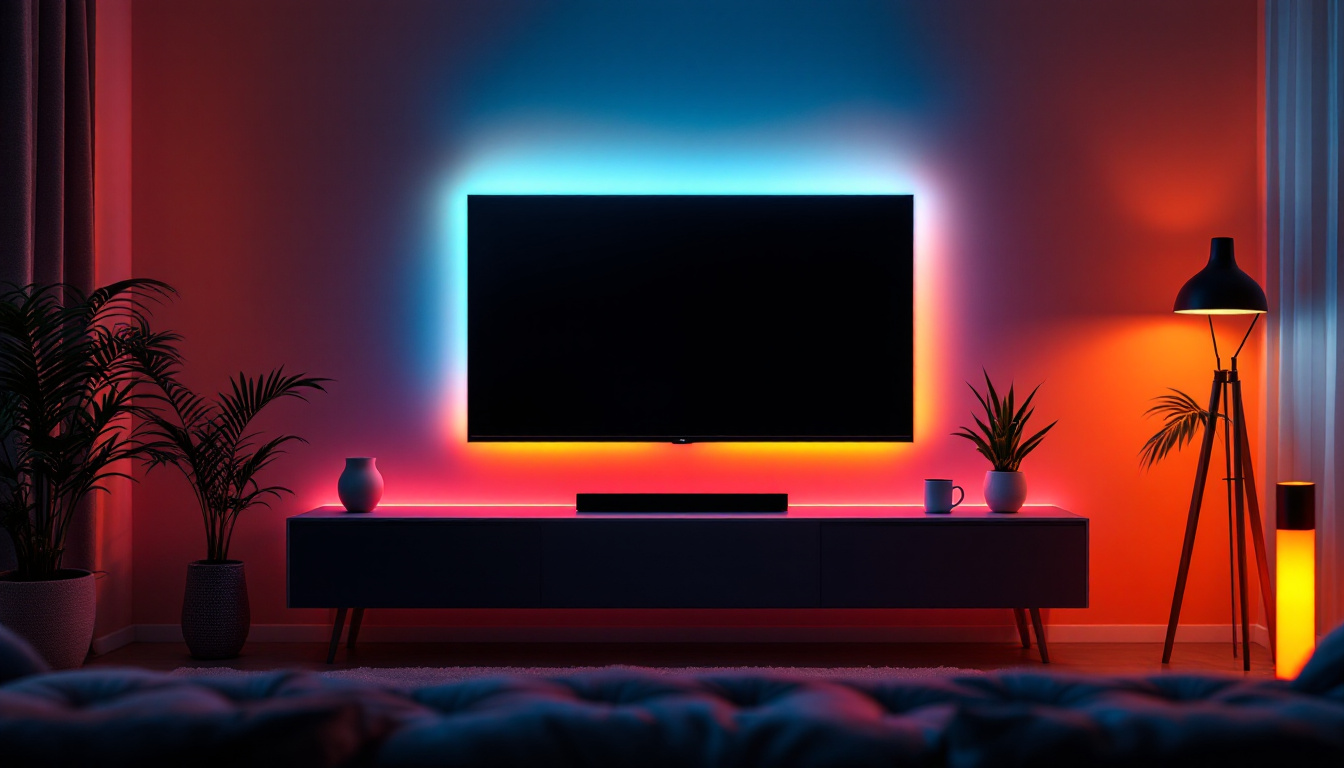The modern world thrives on efficiency, and technology is at the forefront of this evolution. one touch control solutions have emerged as a game-changer in various industries, allowing users to manage complex systems with a simple tap. This article delves into the intricacies of one touch control solutions, particularly focusing on LED displays and how to effectively utilize them.
Understanding One Touch Control Solutions
One touch control solutions are designed to streamline operations, making it easier for users to interact with technology. These systems often incorporate intuitive interfaces that reduce the learning curve associated with traditional controls. By integrating LED displays, these solutions enhance visibility and user experience. The simplicity of a single touch can transform complex tasks into manageable actions, allowing users to focus on productivity rather than navigating cumbersome control systems.
What is an LED Display?
LED (Light Emitting Diode) displays are a type of electronic display that utilizes LEDs to produce images and text. They are known for their brightness, energy efficiency, and ability to display vibrant colors. In the context of one touch control solutions, LED displays serve as the primary interface, providing users with real-time feedback and information. These displays can also be customized to show specific data relevant to the task at hand, ensuring that users have immediate access to the information they need to make informed decisions quickly.
Benefits of One Touch Control Solutions
The advantages of implementing one touch control solutions are manifold. Firstly, they simplify user interactions, allowing for quick adjustments without navigating complex menus. This is particularly beneficial in environments where time is of the essence, such as in manufacturing or healthcare settings. In such scenarios, the ability to respond swiftly can mean the difference between efficiency and costly delays, making one touch solutions invaluable in high-pressure situations.
Moreover, one touch systems can significantly reduce the risk of errors. With clearly labeled buttons and visual feedback from LED displays, users can operate devices with confidence, minimizing the chances of mistakes that could lead to costly downtime or safety hazards. In addition, these systems often come equipped with customizable settings, allowing organizations to tailor the interface to their specific needs and workflows. This adaptability not only enhances user satisfaction but also fosters a more efficient operational environment, as employees can work with tools that align closely with their tasks and responsibilities.
Components of One Touch Control Systems
To fully appreciate how to use one touch control solutions, it is essential to understand their key components. Each element plays a crucial role in ensuring seamless operation and user satisfaction.
Touchscreen Interface
The touchscreen interface is the heart of any one touch control solution. It allows users to interact with the system through direct touch, making navigation intuitive. These interfaces often feature multi-touch capabilities, enabling users to perform multiple actions simultaneously, which can enhance productivity.
In addition to touch sensitivity, the responsiveness of the interface is vital. A lagging touchscreen can frustrate users and lead to mistakes. Therefore, manufacturers invest in high-quality touch sensors to ensure that the interface reacts promptly to user inputs. Moreover, advanced touchscreen technology often incorporates haptic feedback, providing users with tactile responses to their actions. This feature not only enhances the user experience but also reinforces the sense of control, making interactions feel more engaging and satisfying.
LED Display Features
LED displays in one touch control solutions come equipped with various features that enhance usability. Brightness and contrast are critical, especially in environments with varying lighting conditions. A good LED display should be easily readable in both bright and dim settings.
Furthermore, many LED displays offer customizable settings. Users can adjust brightness, color schemes, and even the layout of information displayed. This flexibility allows organizations to tailor the system to their specific needs, improving overall functionality. In addition, some LED displays now incorporate adaptive brightness technology, which automatically adjusts the screen’s brightness based on ambient light levels. This not only conserves energy but also ensures optimal visibility, reducing eye strain for users who may be interacting with the system for extended periods. Additionally, the integration of high-definition graphics and animations can make the information presented more engaging, helping to capture user attention and facilitate better understanding of complex data.
How to Use One Touch Control Solutions with LED Displays
Using one touch control solutions effectively requires an understanding of both the hardware and the software components. Here’s a step-by-step guide to help users navigate these systems.
Initial Setup
The first step in utilizing a one touch control solution is the initial setup. This typically involves connecting the system to power and ensuring that all components are properly linked. For LED displays, this means checking connections to the control unit and any external devices.
Once powered, users should follow the on-screen prompts to configure the system settings. This may include setting language preferences, adjusting display settings, and connecting to networks if necessary. A well-designed setup process will guide users through these steps with clear instructions displayed on the LED screen.
Navigation and Operation
After the initial setup, users can begin operating the system. The LED display will present various options, often represented as icons or buttons. To navigate, users simply touch the desired option on the screen.
Many systems also feature a home button, which allows users to return to the main menu quickly. Familiarizing oneself with the layout of the interface will enhance the user experience and make operation more efficient.
Customizing Settings
Customization is a key feature of one touch control solutions. Users can adjust settings to suit their preferences or operational requirements. This may include changing the brightness of the LED display, selecting different color themes, or rearranging the layout of buttons on the screen.
To access customization options, users typically navigate to the settings menu, which is often represented by a gear icon. From there, they can explore various options and make adjustments as needed. This flexibility allows organizations to adapt the system to their unique workflows.
Common Applications of One Touch Control Solutions
One touch control solutions with LED displays find applications across various industries. Their versatility makes them suitable for a range of environments, from industrial settings to consumer electronics.
Manufacturing and Automation
In manufacturing, one touch control solutions streamline operations by allowing workers to monitor and adjust machinery with ease. LED displays provide real-time data, such as production rates and machine status, enabling quick decision-making.
Additionally, these systems can integrate with other automation technologies, creating a cohesive operational environment. This integration enhances productivity and reduces downtime, as workers can address issues promptly.
Healthcare Settings
Healthcare facilities benefit significantly from one touch control solutions. Medical equipment often requires precise adjustments, and LED displays provide clear, immediate feedback. This is crucial in high-stakes environments where every second counts.
Moreover, one touch systems can enhance patient care by allowing healthcare providers to access vital information quickly. For instance, a nurse can adjust an infusion pump or monitor vital signs with just a touch, improving response times and overall patient outcomes.
Consumer Electronics
In the realm of consumer electronics, one touch control solutions are becoming increasingly popular. Smart home devices, such as thermostats and lighting systems, often feature LED displays that allow users to control their environment effortlessly.
These systems not only enhance convenience but also promote energy efficiency. Users can easily adjust settings to optimize energy use, contributing to sustainability efforts while enjoying a more comfortable living space.
Challenges and Considerations
While one touch control solutions offer numerous benefits, they are not without challenges. Understanding these potential pitfalls can help users make informed decisions when implementing such systems.
Technical Limitations
One of the primary challenges associated with one touch control solutions is technical limitations. Depending on the complexity of the system, users may encounter issues related to software bugs or hardware malfunctions.
Regular maintenance and updates are essential to mitigate these issues. Organizations should establish protocols for routine checks and ensure that the software is kept up to date to enhance performance and security.
User Training
Another consideration is the need for user training. While one touch systems are designed to be intuitive, not all users may be familiar with the technology. Providing adequate training ensures that all staff members can operate the system effectively.
This training can take various forms, including hands-on workshops, instructional videos, or user manuals. Investing in training not only enhances user confidence but also maximizes the benefits of the one touch control solution.
Future Trends in One Touch Control Solutions
The landscape of one touch control solutions is continually evolving. As technology advances, several trends are emerging that will shape the future of these systems.
Integration with AI and IoT
One significant trend is the integration of artificial intelligence (AI) and the Internet of Things (IoT) into one touch control solutions. This integration allows for smarter systems that can learn user preferences and optimize operations accordingly.
For instance, a smart thermostat could adjust the temperature based on user habits, creating a more comfortable environment while conserving energy. This level of personalization enhances user experience and efficiency.
Enhanced Security Features
As reliance on one touch control solutions grows, so does the need for robust security measures. Future systems are likely to incorporate advanced security features, such as biometric authentication or encrypted communications, to protect sensitive data.
These enhancements will not only safeguard user information but also build trust in the technology, encouraging wider adoption across various sectors.
Conclusion
One touch control solutions with LED displays represent a significant advancement in technology, offering users an efficient and intuitive way to manage complex systems. By understanding how to utilize these solutions effectively, organizations can enhance productivity, reduce errors, and improve overall user satisfaction.
As the technology continues to evolve, staying informed about emerging trends and best practices will be crucial. Embracing these innovations can lead to a more streamlined and effective operational environment, ultimately benefiting both users and organizations alike.
Discover LumenMatrix’s Advanced LED Display Solutions
Ready to elevate your operational efficiency with the latest in LED display technology? LumenMatrix is at the forefront of creating immersive visual experiences that captivate and communicate with unparalleled clarity. From dynamic Indoor and Outdoor LED Wall Displays to innovative solutions like Vehicle LED Displays, LED Posters, and Custom LED Displays, our offerings are designed to revolutionize your visual engagement. Experience the future of one touch control with LumenMatrix’s cutting-edge LED display modules. Check out LumenMatrix LED Display Solutions today and transform the way you share your message.


